The number of pupils in England’s schools has fallen for the first time in over a decade as the system passes a demographic tipping point.
And for the first time, there are now more academies in England than council-maintained schools.
Data released by the government also shows a sharp fall in the number of pupils in private schools following the imposition of VAT, but the number of private schools operating actually continued to grow.
The Department for Education has published its annual schools, pupils and their characteristics dataset, which is based on the school census in January 2025.
Here’s what we learned.
1. Pupil numbers pass tipping point
Pupil numbers have been rising steadily since the early 2010s, prompted by a baby boom that began in the late-2000s and peaked in 2013.
But data released today by the Department for Education shows the number of pupils overall in England’s school system decreased in January to 9,032,426, a drop of over 59,000.
This is the first drop in overall pupil numbers since current records began in 2010.
Primary pupil numbers have been falling for several years now, but secondary numbers are due to peak in 2027 before falling as the population bulge moves out of compulsory education.
2. More academies than maintained schools for the first time
Today’s data shows the number of academies has increased from 10,640 to 11,280, meaning they outnumber maintained schools for the first time.
The number of council maintained schools fell from 11,392 to 10,743.
The data also shows 58.4 per cent of pupils now attend academies, up from 56.2 per cent last year.
Of all schools in England, including independent, 83 per cent of secondary schools and 41.6 per cent of primary schools are now academies.
Academies make up more than 49 per cent of special schools.
3. Smallest infant classes since 2009
Falling rolls in primary schools mean average infant class sizes have been decreasing.
This year, average infant class sizes decreased from 26.6 pupils to 26.2, the lowest since 2009.
The average class size at key stage 2 remained stable at 27.9, but the number learning in large classes increased from 421,600 to 439,000.
Average secondary class sizes rose slightly from 22.4 to 22.5.
4. Private pupil numbers drop, but number of schools increases
Today’s data release is the first since Labour introduced VAT on private school fees and forced them to pay business rates.
The number of pupils in private schools in January dropped by 1.9 per cent, or 11,000, compared to the same point the previous year. It leaves the independent school population “similar to that in 2021-22”, the DfE said.
It is not clear where those pupils have gone. Secondary pupil numbers rose by less than 1,500 over the same period, while primary numbers fell by 60,000.
The data also shows there were 35 more private schools operating this January than last year. Critics of the VAT policy have warned some schools will be forced to close.
5. Dispute over ‘outsized exodus’
However, the longer-term impact of the policy cannot be seen in this data as it won’t factor in those who may withdraw their children at the end of the academic year. The VAT changes came into effect in January.
Julie Robinson, CEO of the Independent Schools Council, said the drop in private pupil numbers “cannot be explained by the fall in overall pupil numbers”, which stands at 0.7 per cent.
“This outsized exodus should concern anyone who is interested in this tax on education as a revenue raiser.”
But a government spokesperson said its figures “shatter the myth that charging VAT on private education would trigger an exodus.
“The data reveals pupil numbers remain firmly within historical patterns seen for over 20 years. This manufactured crisis has failed to materialise.”
Education Datalab, in a later blog, also suggested the difference could be down to fewer pupils joining private schools.
6. Big jump in AP placements
There has been a big increase in local authority placements of pupils into alternative provision. There were 59,700 placements as of January, up 24 per cent on the previous year. Pupils can have more than one placement.
The number of pupils in school-arranged alternative provision also rose 13 per cent from 24,577 last year to over 27,800 as of January.
Of these, around 16,600 are registered with an AP and another 11,100 are dual-registered, meaning their main registration is with another school.
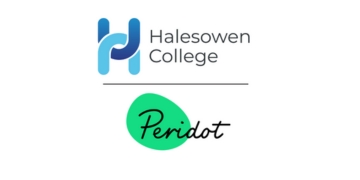

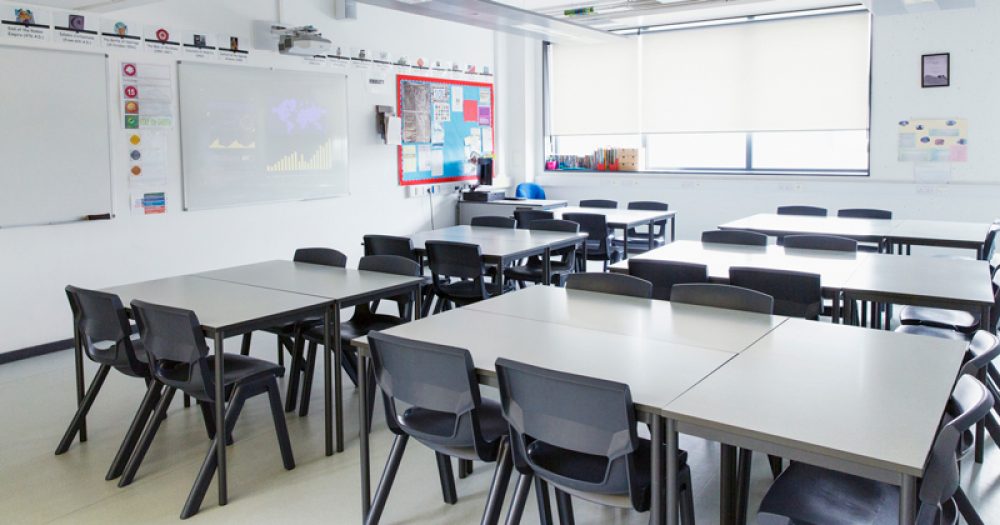
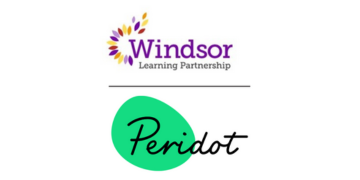
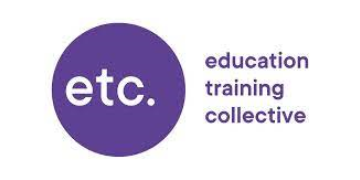
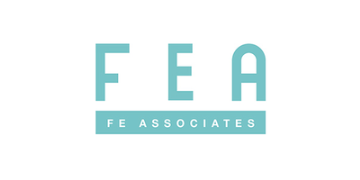
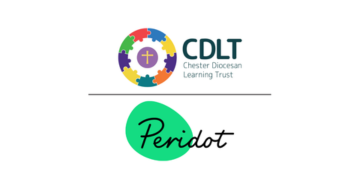
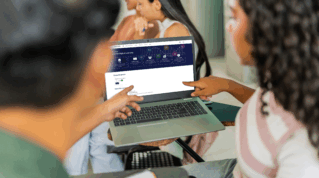



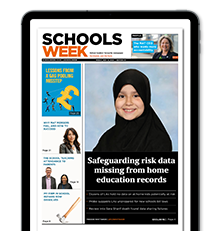
A government spokesperson stated that figures “shatter the myth…….”. No they don’t. What parent would possibly consider changing their child’s school mid-term or mid-year whatever the financial difficulty. We’ll find out if it’s a myth in September.